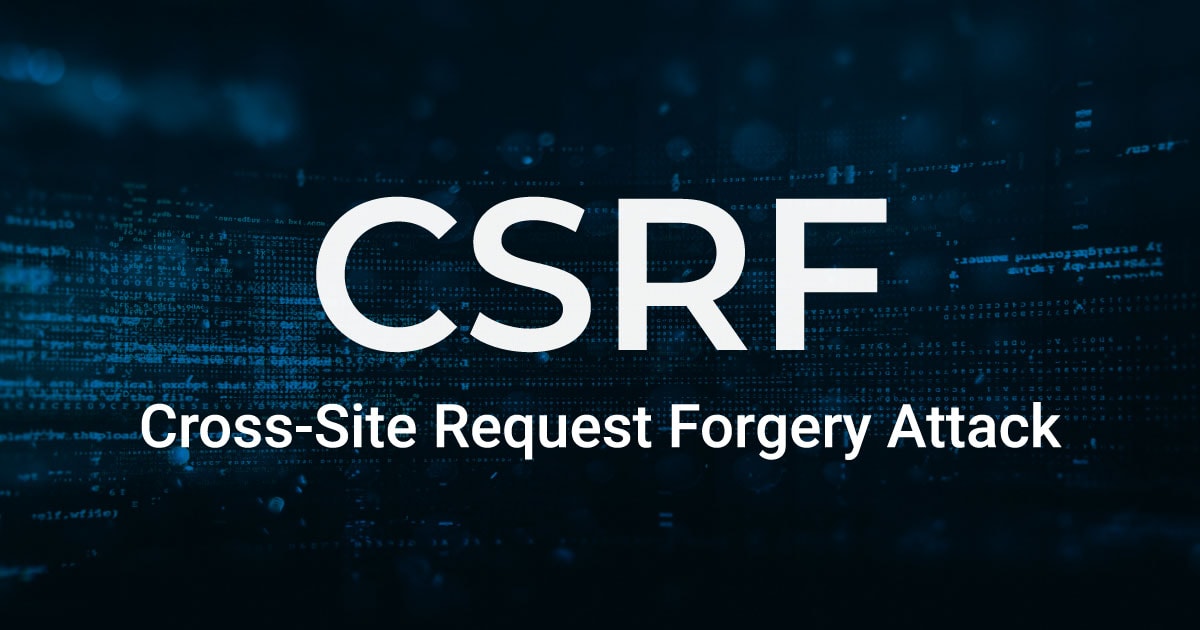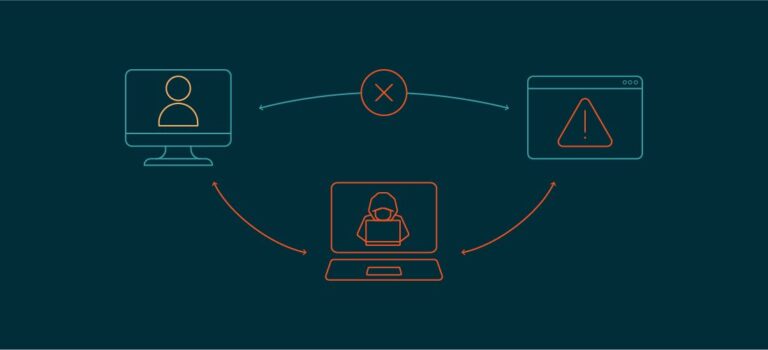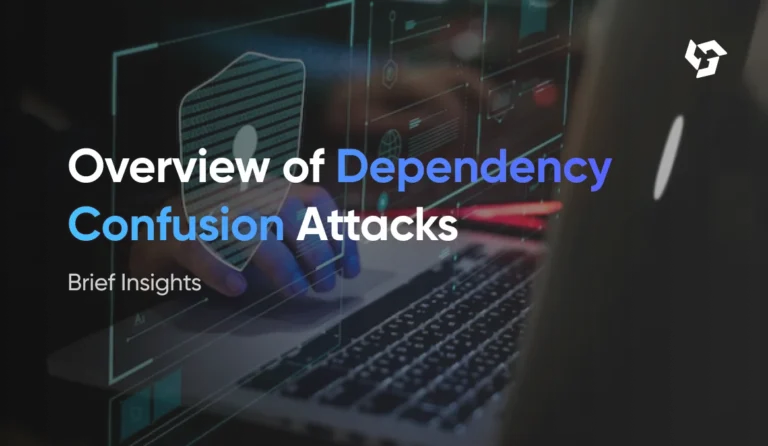Understanding Cross-Site Request Forgery (CSRF): A Comprehensive Guide
Introduction
In the vast realm of web security threats, Cross-Site Request Forgery (CSRF) stands out as a particularly insidious attack vector. Despite being less well-known than threats like SQL injection or cross-site scripting (XSS), CSRF can have devastating consequences if left unaddressed. This blog post delves deep into the concept of CSRF, its mechanisms, real-world examples, mitigation techniques, and best practices for web developers.
What is Cross-Site Request Forgery?
Cross-Site Request Forgery (CSRF) is an attack that tricks a user into performing actions on a web application in which they are authenticated, without their consent or knowledge. Essentially, CSRF exploits the trust that a site has in the user’s browser.
Key Characteristics:
- Exploits user authentication: The attacker leverages a user’s existing authenticated session with a web application.
- Relies on social engineering: Users are typically tricked into clicking a malicious link or visiting a harmful webpage.
- Invisible to the user: The attack is executed without the user’s awareness.
How CSRF Works
To understand how CSRF attacks work, consider a web application where users can perform state-changing operations, such as transferring funds or changing an email address.
Step-by-Step Attack Scenario:
- Victim logs into a trusted banking site and remains authenticated via cookies.
- Attacker crafts a malicious request that mimics a fund transfer action.
- Victim visits a malicious website or clicks on a deceptive link.
- Browser automatically includes cookies associated with the banking site.
- Request is sent to the bank and executed under the victim’s account.
Real-World Examples
Example 1: Changing Email Address
Imagine a vulnerable web app with the following HTTP request to change a user’s email:
POST /change-email HTTP/1.1
Host: vulnerable-app.com
Cookie: sessionid=abc123
email=new_email@example.com
An attacker can embed this in an image tag:
<img src="http://vulnerable-app.com/change-email?email=attacker@example.com" />
If the victim is logged in, their browser will send the request with the session cookie.
Example 2: Transferring Money
<form action="http://bank.com/transfer" method="POST">
<input type="hidden" name="amount" value="1000" />
<input type="hidden" name="toAccount" value="attacker_account" />
<input type="submit" value="Transfer" />
</form>
<script>document.forms[0].submit();</script>
Common CSRF Vectors
- Hidden forms auto-submitted with JavaScript
- Image tags or script tags used to send GET requests
- Links with GET parameters performing sensitive actions
- AJAX requests (though usually blocked by CORS policy)
Conditions for a Successful CSRF Attack
- Authenticated session: The user must be logged in.
- State-changing requests: The action must have an effect (e.g., data modification).
- No CSRF protection: The site must lack proper defenses.
CSRF vs XSS
- CSRF: Exploits trust the site has in the user’s browser.
- XSS: Exploits trust the user has in the site.
- Combined Attacks: An attacker can use XSS to steal CSRF tokens.
Detection and Testing
Manual Testing
- Analyze forms and URL endpoints for unsafe state changes.
- Check if actions can be replayed via curl or scripts.
Automated Tools
- OWASP ZAP
- Burp Suite
- CSRFTester
CSRF Mitigation Techniques
1. CSRF Tokens
A CSRF token is a secret, unique, and unpredictable value included in forms.
- Token is stored server-side or embedded in the session.
- Included as a hidden field or HTTP header.
- Verified on the server.
<input type="hidden" name="csrf_token" value="random_value" />
2. SameSite Cookies
Modern browsers support the SameSite attribute for cookies.
SameSite=Strict: Blocks all cross-site requests.SameSite=Lax: Allows top-level navigation GETs.SameSite=None; Secure: Used when cross-site requests are needed, but must be secure.
3. Double Submit Cookies
- Token is sent in a cookie and in a request parameter.
- Server checks if both values match.
4. User Interaction Confirmation
- CAPTCHA, re-authentication, or confirmation dialogs before sensitive actions.
5. Content Security Policy (CSP)
- While not directly preventing CSRF, CSP can mitigate XSS, which can be used to extract tokens.
Implementation in Popular Frameworks
Django
- CSRF protection is enabled by default.
- Uses middleware and template tags.
Laravel
- CSRF tokens automatically added to forms.
- Verified using middleware.
ASP.NET Core
- [ValidateAntiForgeryToken] attribute on controllers.
Express (Node.js)
- Use
csurfmiddleware to implement CSRF tokens.
CSRF in Single-Page Applications (SPAs)
SPAs often use JavaScript to interact with backends via APIs. Token-based authentication (e.g., JWTs) requires special attention:
- Store JWTs in memory or sessionStorage, not cookies.
- Use custom headers (not automatically sent) for API calls.
- Employ CSRF tokens if using cookies for JWTs.
Business Impact of CSRF Attacks
Consequences:
- Unauthorized financial transactions
- Changing user passwords or email
- Deleting data or accounts
- Exploiting admin users for privilege escalation
Legal and Compliance Risks:
- GDPR violations
- Fines due to data exposure
Case Studies
Samy Worm (2005)
- MySpace XSS used to create self-propagating worm.
- Demonstrated how CSRF and XSS can be combined.
GitHub (2008)
- Vulnerability allowed changing SSH keys via CSRF.
- Quickly patched and disclosed.
Best Practices Checklist
- Use CSRF tokens in all forms and state-changing requests.
- Set cookies with SameSite and Secure attributes.
- Validate Origin and Referer headers when feasible.
- Avoid GET for state-changing operations.
- Educate developers and perform regular code reviews.
- Conduct security audits and penetration tests.
Conclusion
Cross-Site Request Forgery remains a dangerous and relevant threat in today’s web ecosystem. While the mechanisms may appear simple, the consequences can be severe. By understanding how CSRF works and implementing appropriate countermeasures, developers and organizations can safeguard their applications and users from this silent, stealthy attacker.
Incorporate CSRF protection into your development lifecycle—not as an afterthought, but as a fundamental part of secure application design.
Further Reading
- OWASP CSRF Prevention Cheat Sheet
- Mozilla Developer Network (MDN) – SameSite Cookies
- CSRF in Modern Web Applications
This post is part of a web security series aimed at helping developers build safer web applications.






